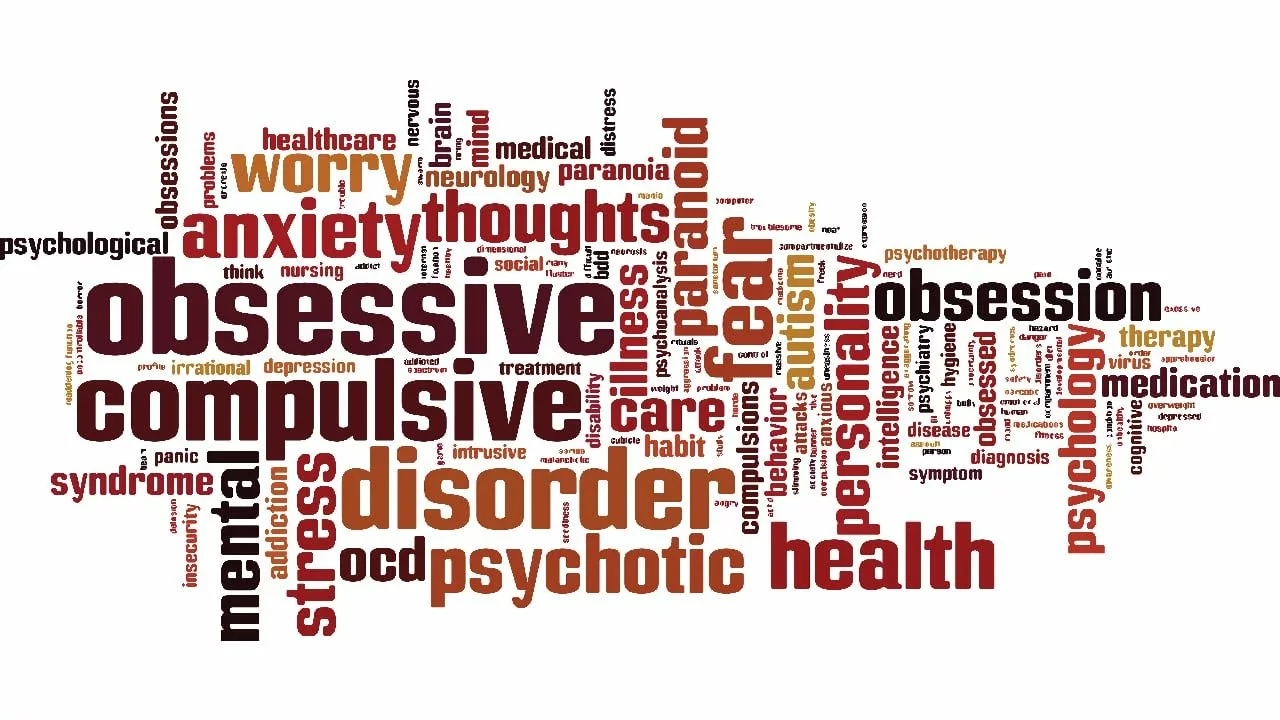
Understanding Panic Disorder
Panic disorder is a type of anxiety disorder marked by recurrent and unexpected panic attacks. These episodes can occur at any time, even during sleep, and are characterized by intense fear and physical symptoms such as rapid heartbeat, shortness of breath, trembling, and feelings of impending doom or loss of control. Individuals with panic disorder often fear the onset of another attack and may avoid places or situations where previous attacks have occurred.
Living with panic disorder can be incredibly challenging. The fear and anticipation of another attack can lead to a significant change in behavior and lifestyle. You may find yourself avoiding certain locations, activities, or even people in an attempt to prevent another attack. This constant state of fear and anxiety can be debilitating and interfere with daily life.
Defining Obsessive-Compulsive Disorder
Obsessive-compulsive disorder (OCD) is a chronic mental health disorder in which a person has uncontrollable, recurring thoughts (obsessions) and behaviors (compulsions) that they feel the urge to repeat over and over. These obsessions often interfere with daily activities and cause significant distress.
Obsessions can range from fears about germs or the need for symmetry to intrusive thoughts about harm coming to oneself or others. Compulsions, on the other hand, are repetitive behaviors or mental acts that a person feels driven to perform in response to an obsession. This could include excessive hand washing, arranging things in a particular way, or repeatedly checking to see if a door is locked.
Co-Occurrence of Panic Disorder and OCD
Research has shown a significant overlap between panic disorder and OCD. This means that many individuals diagnosed with one disorder also meet the diagnostic criteria for the other. The reasons for this co-occurrence are not entirely clear, but it may be related to overlapping symptoms and shared risk factors such as genetics and environmental influences.
When these two disorders co-occur, the symptoms can be more severe and more challenging to treat than when each disorder occurs on its own. It's important to note that having both disorders does not mean that they are the same or that one causes the other. These are distinct disorders that can and do occur independently.
Effects of Panic Disorder on OCD
When panic disorder and OCD co-occur, the panic attacks can exacerbate the OCD symptoms. This is because the intense fear and anxiety triggered by a panic attack can feed into the obsessive thoughts and compulsive behaviors characteristic of OCD.
For example, someone with OCD who has an obsession with cleanliness and a fear of germs may experience a panic attack after coming into contact with something they perceive as dirty. This panic attack may then fuel their obsession and lead to increased compulsive cleaning behaviors.
Effects of OCD on Panic Disorder
Conversely, OCD can also exacerbate the symptoms of panic disorder. When a person with OCD engages in compulsive behaviors to alleviate their obsessive thoughts, they may inadvertently trigger a panic attack. For example, a person who compulsively checks to make sure doors are locked may trigger a panic attack if they are unable to perform this ritual.
Additionally, the distress caused by OCD can increase overall anxiety levels, making a person more susceptible to panic attacks. This can create a vicious cycle where the symptoms of one disorder exacerbate the symptoms of the other.
Treatment Options for Co-Occurring Panic Disorder and OCD
Effective treatments are available for both panic disorder and OCD, but the treatment approach may need to be modified when these disorders co-occur. Cognitive-behavioral therapy (CBT) is a common treatment method for both disorders, as it helps individuals learn to identify and change thought patterns that lead to problematic behaviors and emotions.
Medications, such as selective serotonin reuptake inhibitors (SSRIs) and benzodiazepines, can also be effective in treating both disorders. However, a combination of medication and therapy is often the most effective approach. It's important to remember that treatment is highly individualized, so what works for one person may not work for another. Always consult with a mental health professional to determine the best treatment plan for you.

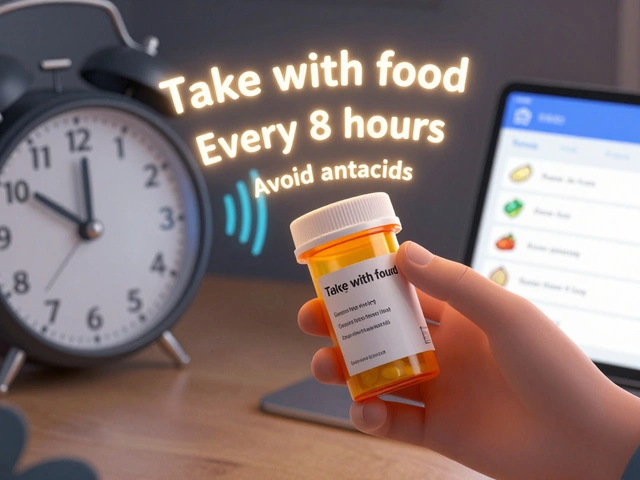

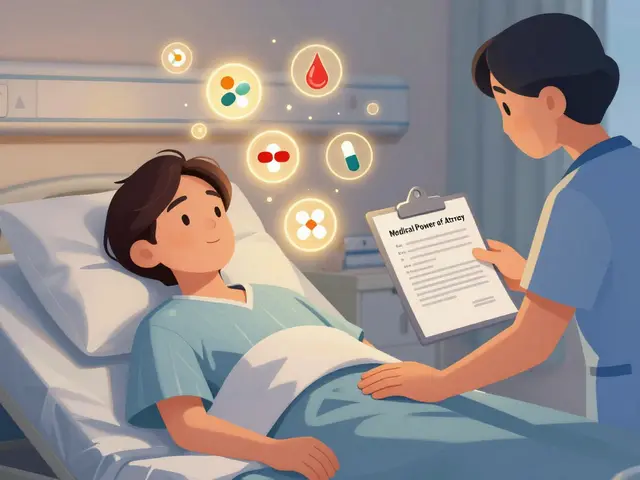
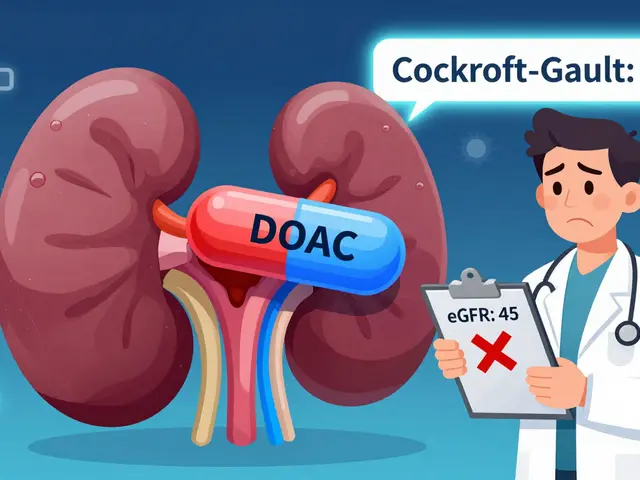
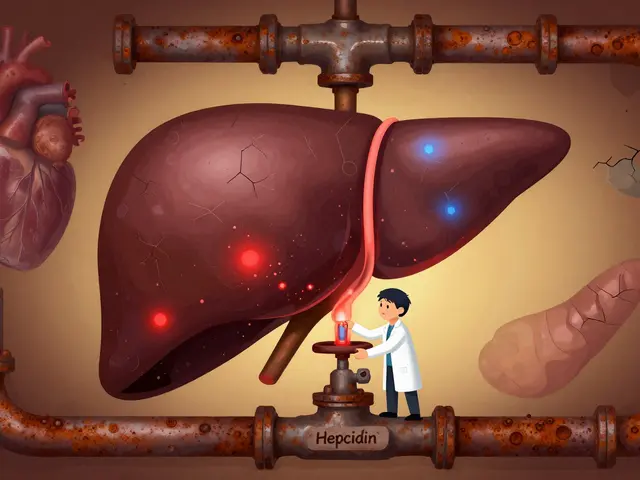
12 Comments
Great overview 🙌🏼
I really appreciate the thorough breakdown of how panic disorder and OCD can feed into each other :)
It’s helpful to see both the clinical side and the practical coping tips.
Everyone dealing with these challenges deserves a nuanced approach, and this post delivers it.
Thanks for the clear summary. The distinction between the two disorders is essential for treatment planning. I’ve found that keeping a journal of triggers can help both patients and clinicians identify overlap.
Yo, they dont tell you that big pharma & the gov are peddling meds to keep us all scared lol. If they wanted us healthy they wouldnt push SSRIs like candy. Wake up!
One practical tip that often goes missing is grounding techniques during a panic surge – for example, the 5‑4‑3‑2‑1 sensory exercise.
It can also double‑check the compulsion loop by asking, “Does this action reduce my anxiety in the long run?”
Therapists sometimes incorporate exposure‑response prevention, gradually reducing avoidance while monitoring anxiety levels.
When both disorders coexist, a coordinated plan that tackles the panic spikes first can prevent the OCD rituals from spiraling.
Remember, consistency is key; even small daily habits add up.
It’s intriguing how the brain’s threat circuitry can amplify both panic and obsessive thoughts.
The overlap suggests shared neural pathways, maybe the amygdala and caudate nucleus.
Understanding this can guide more integrated therapies rather than treating each in isolation.
Finally, self‑compassion often gets overlooked, yet it’s vital for any recovery journey.
The interplay between anxiety and compulsions is well documented. Precise CBT protocols address both simultaneously.
What a masterful exposition of the tangled dance between panic disorder and obsessive‑compulsive disorder!
First, we see how panic’s sudden surge of dread can act as a catalyst, igniting the obsessive engine that drives compulsive rituals.
When the heart pounds like a frantic drum, the mind scrambles for any anchor, often latching onto familiar compulsions as a false sense of control.
This feedback loop is beautifully illustrated by the example of a germ‑obsessed individual whose panic after a perceived contamination episode triggers an escalation in hand‑washing rituals.
Conversely, the compulsive need to check locks, double‑check appliances, or repeat mental prayers can inadvertently set the stage for a panic episode, especially when the ritual is interrupted.
Imagine a scenario where a person is unable to perform their nightly safety check; the ensuing uncertainty can unleash a cascade of autonomic symptoms that mirror a panic attack.
The neurobiological underpinnings are equally fascinating: heightened activity in the amygdala and insular cortex fuels both the fear response and the intrusive thoughts that characterize OCD.
Serotonergic dysregulation, often targeted by SSRIs, appears to be a common thread, offering a pharmacological foothold for clinicians.
From a therapeutic perspective, integrating exposure and response prevention (ERP) with interoceptive exposure for panic can dismantle the vicious cycle.
Clients benefit when therapists address the hyper‑vigilance that fuels panic while simultaneously teaching tolerance of uncertainty to blunt compulsive urges.
Moreover, mindfulness‑based strategies can cultivate a meta‑awareness, allowing individuals to observe their panic and obsession without immediate reaction.
In practice, a blended protocol might begin with psychoeducation, proceed to graded exposure to panic cues, and then layer ERP for obsessive triggers.
Such a sequenced approach respects the intensity of panic while gradually weakening the compulsive reinforcement.
Importantly, the therapeutic alliance must be robust; trust provides the safety net necessary for patients to venture into discomfort.
Family involvement can also attenuate the isolation that often fuels both disorders, offering external validation and encouragement.
Finally, it is crucial to remember that each individual’s symptom constellation is unique; personalized treatment plans that flexibly address both panic and OCD components yield the most promising outcomes.
Oh great, another self‑help article trying to sound like it’s preaching wisdom while actually just regurgitating textbook fluff. 🙄 If you really wanted to help, maybe stop glorifying pharmas and start talking about real lifestyle changes, not just “talk to a professional.”
Love how this breaks it down! 🌟 It’s so encouraging to see that effective treatments exist 🚀 Keep spreading the hope! 😊
Excellent synthesis of the literature; the balance between pharmacotherapy and CBT is spot‑on.
Clinicians should indeed tailor interventions, as one‑size‑fits‑all rarely works in complex comorbid presentations.
Thanks for the comprehensive overview.
Totally agree, the stuff here is super helpful! 👍
Just remember to keep the momentum going, every little step counts. :)